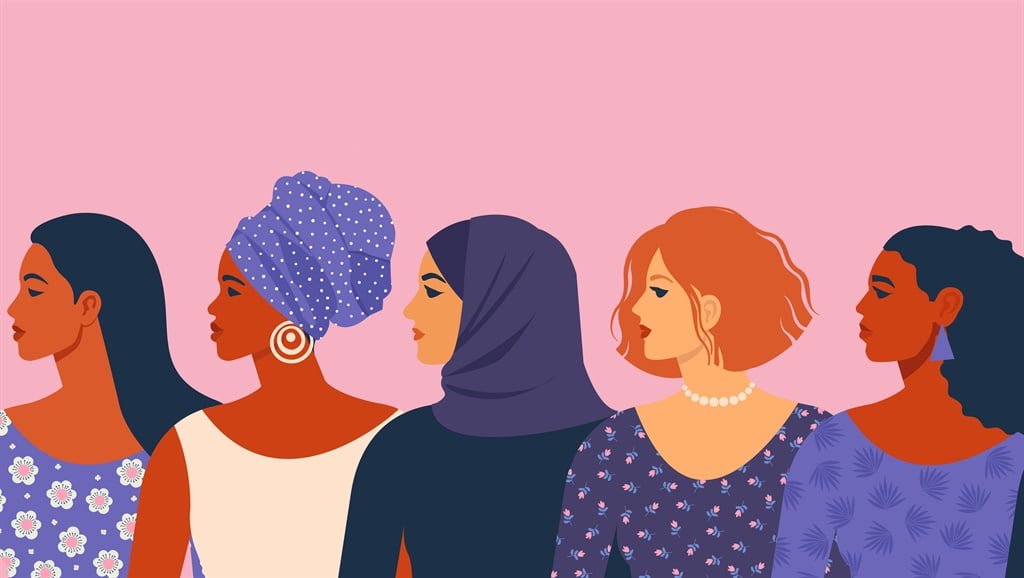According to a recent report, in the academic session of 2023-24, Punjab University experienced a notable gender disparity within its engineering and technical courses, revealing a substantial contrast in enrollment figures. The data indicated that a mere 22.6% of women students opted for these programs, while a significant 77.39% of the enrolled students were male. This gender gap underscores a challenge that warrants attention and efforts to promote greater inclusivity and diversity within the technical education landscape.
The data indicated that a mere 22.6% of women students opted for these programs, while a significant 77.39% of the enrolled students were male.
The report further reveals that even though the total number of female students at Punjab University increased slightly—from 2,598 in the 2022–2023 academic year to 2,712 in the 2023–2024 academic year—a concerning trend continues to exist in around 191 essential courses. Data shows that female students are conspicuously underrepresented, especially in important fields like information technology, computer applications, management, engineering, and law. With this long-term trend extending over the past ten years, it begs the question: What focused efforts are desperately needed to rectify this gender disparity and foster diversity in these crucial academic fields?
What does the data say about women’s enrollment in STEM courses?
The PU data reveals a significant gender gap in enrollment for certain courses highlighting where only 22.6% of women enrolled compared to 77.39% of males. This indicates a decline from the previous year’s 25.3% female enrollment. Notably, some courses, including Master of Engineering in Electronics and Communication, BE (Food Tech)-I, MBA-I, and ME (Bio), had less than 10 female students. The highest number of female enrollees, 27, was in BE (Chemical), contrasting with 57 male students. These figures undoubtedly underscore a pressing need to address gender disparity in various academic disciplines.
Overall, including engineering, there’s a balance of 52.3% males to 47.6% women. Exclude engineering, and it shifts to 42% males and 57.9% women.
Management courses are no different. Languages exhibit a 60.2% male preponderance, whereas business and commerce see a 64.8% male domination. But the story is told differently in exceptional classes like physics and law. Compared to 31% of men, science has a significant 68% female predominance. There are 45.7% men and 54.2% women working in law. The gender relations that are complex throughout PU’s academic fields are highlighted by these disparate data, which call for more investigation and possible steps toward creating a more inclusive learning environment.
What could be the reasons?
The continuous issue of gender disparity in professional and tech courses is attributed to the severe underrepresentation of women in STEM (Science, Technology, Engineering, and Mathematics) disciplines. The consequences of this underrepresentation are extensive since it restricts variety, creativity, and the optimal use of skills in these vital fields. Closing this gap and building a more inclusive and fair future requires identifying the underlying reasons and putting workable solutions in place.
Closing this gap and building a more inclusive and fair future requires identifying the underlying reasons and putting workable solutions in place.
From the earliest stages of education, society’s expectations frequently guide boys and girls onto preset job routes, creating hurdles for women interested in tech and professional courses. This perception that certain professions are gender-specific hinders women’s access to opportunities in STEM (Science, Technology, Engineering, Mathematics) fields. The lack of female role models in STEM fields also exacerbates this issue, creating a void of inspiration for aspiring women.
Also in a society where media has a tremendous impact on public beliefs, inaccurate depictions of gender norms might discourage women from pursuing professions in professional or technical fields and it accelerates the trend when bias and discrimination within educational institutions also directly impact the experiences of female students.
In the realm of professional and technical courses, workplace culture also significantly impacts women’s participation. A non-inclusive environment deters women, hindering their entry and persistence in these fields. Companies are increasingly recognising the need for diverse and inclusive workplaces, involving equal opportunities, fair treatment, and active diversity initiatives. Addressing biases in organisational structures is crucial for creating a supportive environment where every individual can thrive.
Unconscious bias remains a hurdle in women’s progression, both in education and workplaces.
Unconscious bias remains a hurdle in women’s progression, both in education and workplaces. Initiatives like raising awareness about unconscious biases and implementing blind recruitment processes play a pivotal role in leveling the playing field. Prioritising talent over preconceived notions fosters a more equitable and meritocratic culture.
In the pursuit of gender equality, addressing work-life balance concerns is crucial. Forward-thinking companies are adopting measures like flexible work arrangements and parental leave policies, empowering women and contributing to an inclusive professional landscape. Breaking down barriers and fostering inclusivity is paramount not just for empowering women but also for driving innovation and excellence in professional and technical fields. It’s a pivotal moment to unlock the full potential of women and transcend gender boundaries in these domains.
What can be done?
In a nutshell, unfortunately, the underrepresentation of women in professional tech courses is a result of a multifaceted interplay involving societal expectations, gender stereotypes, and institutional biases. Tackling this issue requires a comprehensive strategy that challenges prevailing preconceptions, fosters inclusivity in educational settings, and advocates for diverse role models. By dismantling these barriers and creating supportive pathways, we can envision a future where women not only find acceptance but thrive in professional tech fields, contributing unique perspectives and talents to the dynamic landscape of technology and innovation.
Bridging this gender gap is a shared responsibility, necessitating collaborative efforts from educational institutions, employers, policymakers, and society at large. Amidst this imperative, the emergence of initiatives highlighting accomplished women in technology and professional roles is gaining momentum. These initiatives play a crucial role in challenging stereotypes and promoting diversity, emphasising the viability and fulfillment of careers in these disciplines for women. The emphasis on diverse role models sends a powerful message, contributing significantly to narrowing gender disparities in education and career paths.
As we collectively strive to close the gender gap in professional and technical fields, the ongoing commitment to challenging preconceptions, fostering diversity, and providing robust support and mentorship is vital. Only then, together, by breaking down barriers and reshaping cultural norms, can we build a future where women are not only welcomed but celebrated for their invaluable contributions to the ever-evolving landscape of professional and tech industries. Thereby we can pave the way for a future where talent knows no gender limits in professional and technological domains.







